As a homeowner, you want to make your home the best place it can be. And with climate change affecting everyone, including homeowners, it’s essential to consider more eco-friendly options when updating your house. From painting with zero-VOC paint to installing solar panels, another green home update to consider is eco-friendly flooring.
So before you embark on a flooring remodel, we’ll outline 10 eco-friendly flooring options to consider in place of traditional flooring.
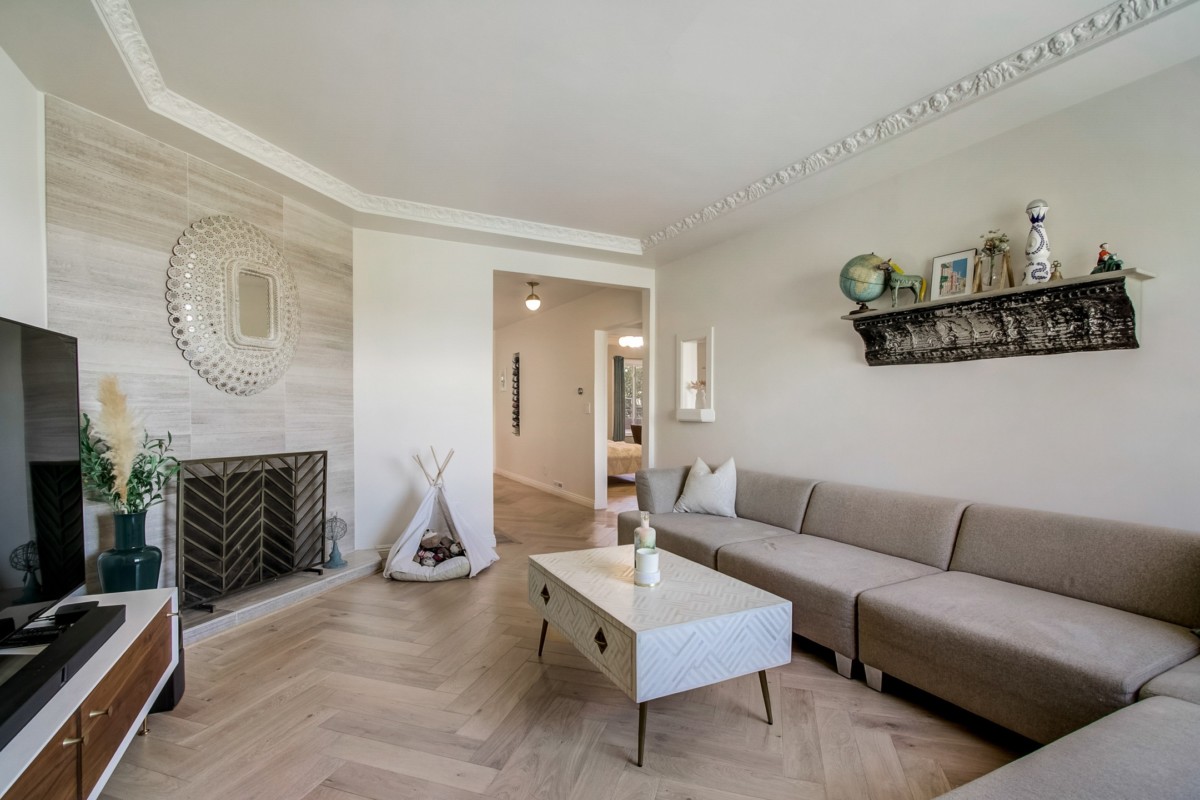
What is green flooring?
Green or eco-friendly flooring is much more than just flooring made from natural, recycled, or renewable materials. It also takes into consideration the flooring material’s long-term impact on the environment at large. Some factors that help determine if the flooring is sustainable include:
- its ability to be recycled and renewed
- whether it was responsibly manufactured
- the distance and cost of transportation
- how much maintenance it will need over time
- and its durability and lifespan
Green Source Solutions provides insight about green flooring commenting, “There are a lot of claims in the residential flooring industry about green and sustainable. If you’re serious about purchasing green or sustainable flooring, you should look for products that have replaceable raw materials (less than 10 years): bamboo, cork, or wool carpet or ‘recycled’ as recycled rubber floor. These are truly sustainable floors. Be sure the natural products are NAUF (no added urea formaldehyde) as that’s a carcinogen. Some ‘Big Box’ stores have been known to have UF products as they are cheaper to manufacture.”
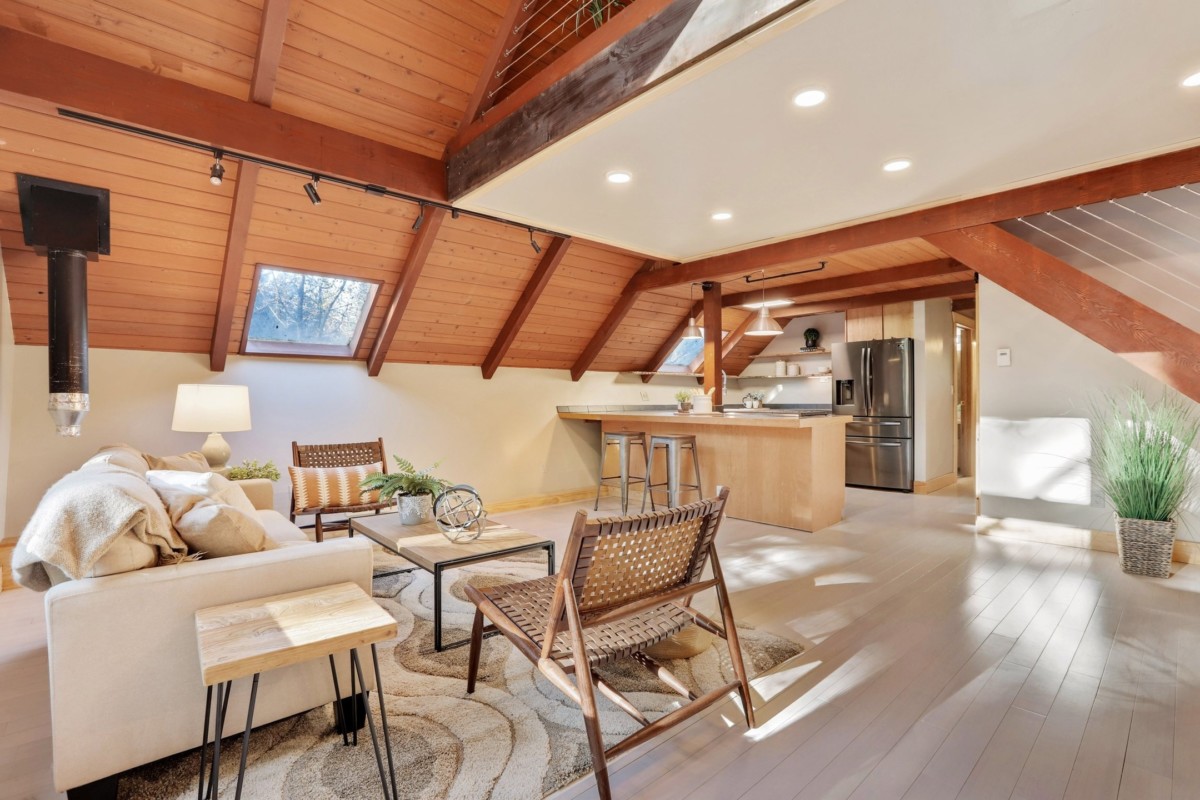
10 eco-friendly flooring options
1) Bamboo flooring
One of the most well-known sustainable flooring options is bamboo flooring. Bamboo comes from the bamboo plant, a grass that regrows every three to five years. This harvest cycle is significantly quicker than a tree’s harvest cycle, which is upwards of 20 years. Bamboo flooring has many similarities to hardwood flooring and is easy to install and maintain. One point to note is that most bamboo is produced in the Pacific, meaning it can create more environmental pollution the farther it’s transported.
Hallmark Floors and Teragren Inc. share more about the benefits of opting for bamboo flooring, stating, “Teragren Bamboo by Hallmark brings beautiful flooring and countertops to your home while reducing dependence on the world’s dwindling resources. Their exclusive Moso 5.5 is sustainably sourced, promotes green building, is LEED compatible (MR Credit 6 Rapidly Renewable Materials), and is renowned for its strength and active sequestration of carbon. Generations of builders worldwide have used bamboo in construction, finishes, and furnishings. Teragren Bamboo is an ideal, fashionable and sustainable alternative.”
Average price per square foot: $1.50 – $11
2) Cork flooring
Cork is often associated with wine bottles or maybe as a wall treatment, but it’s a great sustainable flooring option too. Cork flooring is harvested from the bark of the cork oak tree. Typically these trees are cut down, and after three years, they grow back. Cork floors are a rather durable option as they can last anywhere from 10-30 years. They also have some anti-microbial properties, can act as an insect repellant to bugs and mites, provides insulation, are fire-retardant, and are easily maintained.
Jelinek Cork Group expands on the benefits of cork floors, saying, “Choosing an eco-friendly floor doesn’t mean sacrificing design or functional aesthetic. For example, cork flooring is not only climate positive but is also a mainstay of mid-century modern homes. Furthermore, it can help limit sound transfer and keep your feet warm in the winter.”
Average price per square foot: $3-$12
3) Linoleum flooring
Linoleum is another natural flooring option to consider. Linoleum flooring is created by combining linseed oil, wood flour, cork dust, and other natural materials. The linseed oil is derived from flax plants, a renewable and widely available material. Linoleum is very durable and can last around 20 years. Like cork, it is also fire-retardant.
Average price per square foot: $2-$6.50

4) Eco-friendly carpeting
Traditional carpet is not a sustainable flooring option for several reasons. It’s often made from petroleum which is a non-renewable resource. Additionally, carpet is often produced with toxins and volatile organic compounds (VOCs). According to NYC Health, “VOCs are chemicals often found in carpets, carpet cushions,” and, “these chemicals easily evaporate into the air and can lead to poor indoor air quality.” However, if your heart is set on carpet, there are sustainable carpet options to consider.
When choosing eco-friendly carpets, Carpet & Flooring Online suggests, “Opt for carpets made from a natural material, over man-made carpets (such as polypropylene), which are more harmful to the environment. 100% wool carpets will last for decades and have natural dirt-repellent properties. Sisal, jute, and seagrass are also popular natural materials for carpets, which add texture and rustic appeal to your home.”
Wool: Wool carpet is made from natural resources, turned into thread, and woven into carpet. Many wool carpets can last hundreds of years, making them very sustainable.
Average price per square foot: $5-$26
Jute: A plant-based version of wool is jute. It can be spun into a thread and woven into a sustainable carpet.
Average price per square foot: $4-$8
P.E.T. Berber: Polyethylene terephthalate (P.E.T.) Berber is a carpet made of recycled plastic bottles, which is another renewable option to consider. It’s a durable carpet option that is relatively spill resistant and comes in a variety of colors and options. One con of P.E.T. Berber is that it’s prone to snagging and can unravel if not repaired.
Average price per square foot: $6-$10
5) Recycled glass tile flooring
Recycled glass tiles are a unique way to spruce up your bathroom or shower flooring. They are a great alternative flooring option, made from recycled materials like broken windows and recycled beer and wine bottles. Recycled glass tile flooring also survives well in damp environments and doesn’t mold easily.
Average price per square foot: $3-$10
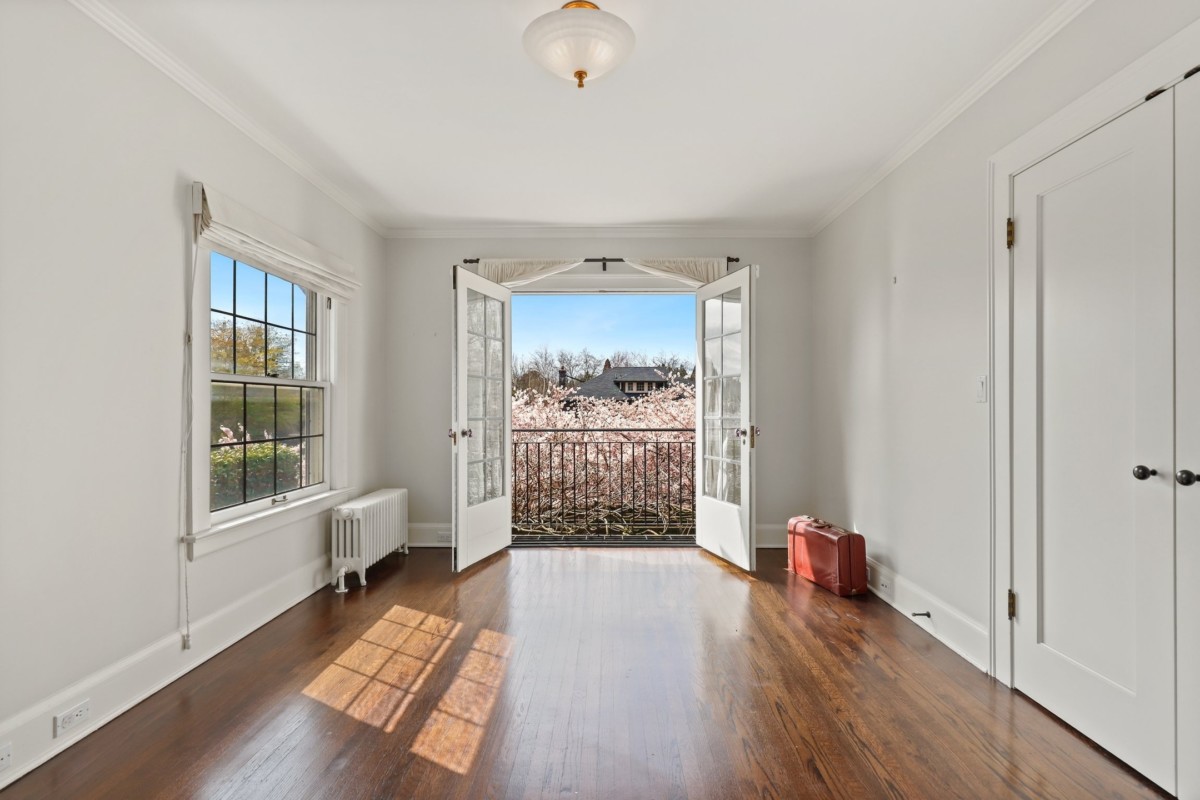
6) Reclaimed hardwood flooring
Hardwood flooring is one of the most popular flooring options out there. However, traditional hardwood flooring isn’t very sustainable due to deforestation concerns. So if wood flooring is your ideal flooring, consider reclaimed hardwood flooring instead. Reclaimed wood is made from reused or recycled wood found in older buildings or leftover from projects. This is an eco-friendly option as it prevents new wood from being harvested.
When it comes to choosing reclaimed lumber, Benedict Antique Lumber and Stone comments, “Antique reclaimed flooring is a sustainable choice that has endured 200 years and will last 200 more when properly installed. Believe it or not, it takes a lot of preparation to make random width flooring look random. A pattern must be avoided because you will notice it, yet a random pattern must be accepted so that you don’t get a bunch of 6″ wide runs altogether while the rest of the floor has 4″, 8″, 10″ sporadically. This can be avoided by choosing a single standard width flooring, however, it drives up the cost and subtracts from the antique rustic nature of antique flooring.”
Another option when choosing sustainable hardwood floors is hardwood floors that are FSC certified. These hardwood floors have been certified by the Forest Stewardship Council, meaning they have met sustainability standards.
Oak & Stone Inc. highlights the options you have if you’re looking for sustainable hardwood. “Wood is one of the best – green, renewable, flooring materials – using fewer raw materials, and requires less energy and natural resources. Further, Oak floors are considered to be one of the most sustainable because the US forest management and protection programs make sure these trees are regularly replanted in forests. And oak has a smaller carbon footprint and releases fewer toxic emissions during the manufacturing process than other products. Not to mention, oak flooring, whether hardwood or engineered, is one of the hardest, densest, and most versatile flooring choices for your home.
They go on to say, “Today, we’re much more educated and motivated in our selections of eco-friendly flooring. It’s more than a recycled product, it’s also the manufacturing process, the impact of the supply chain on the environment, the use of natural resources, and choosing a sustainable product that we are concerned with.”
Average price per square foot: $4-$20
7) Concrete flooring
At first, concrete may sound like it belongs in an industrial warehouse and not a home. But concrete flooring can be one of the best eco-friendly options on the market. When polished and stained, concrete can rival even the most aesthetic flooring options. It’s extremely durable and likely doesn’t need replacing, making it a very cost-effective choice.
Average price per square foot: $3-$8
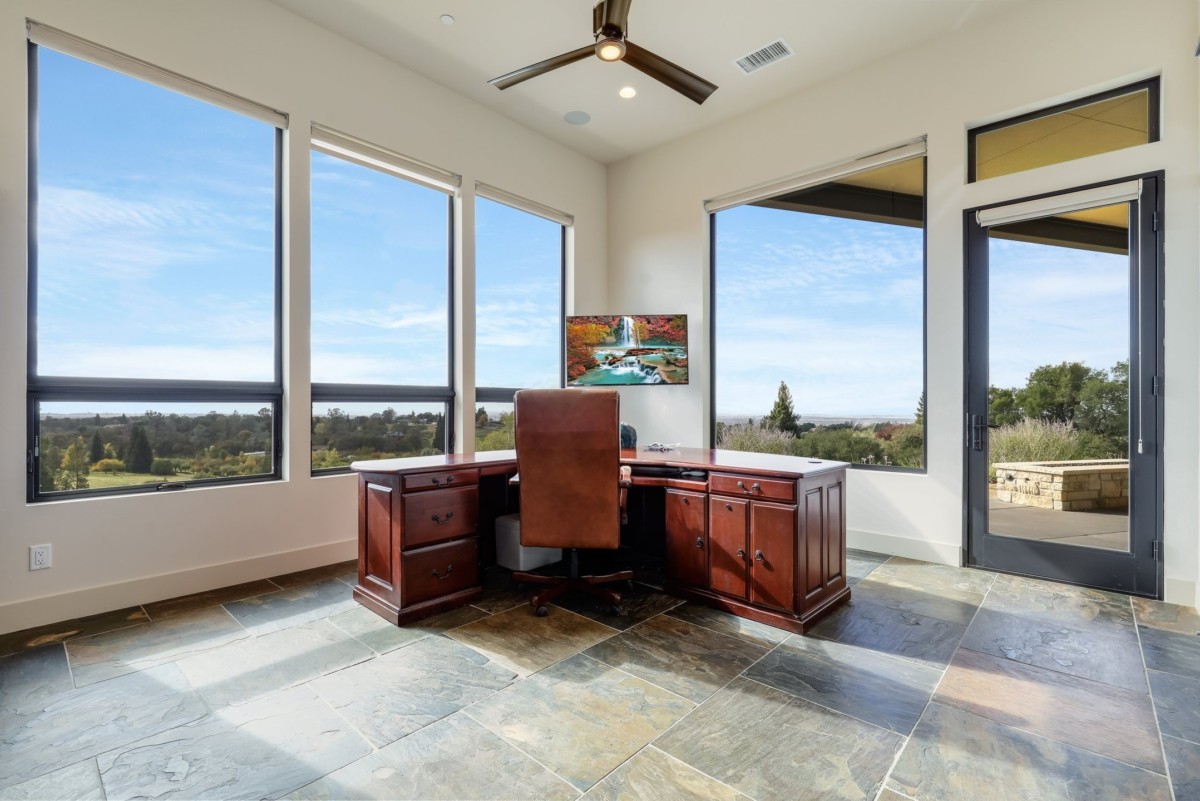
8) Stone flooring
Stone is another popular environmentally friendly flooring choice. The earth constantly recreates stone, meaning it’s a natural product. Stone can also be recycled for other flooring options or household projects. Keep in mind that it’s more costly to ship, meaning that it can contribute to pollution if the stone flooring is sourced from another state or country.
New York Stone comments about stone flooring saying, “Natural stone tile is durable, requires minimum maintenance, and it won’t release toxins into your home. Fortunately, the USA produces a variety of stones such as Danby marble, travertine, granite, and limestone, minimizing the environmental impact of the overseas shipping costs. Before purchasing the eco-friendly stone, one should consider the veining patterns, and know the difference between cracks and fissures. The sealed finish of the natural stone tiles can also prolong its life.”
Another type of stone flooring is kota stone, as highlighted by Mandana Stone Company. “Kota stone is naturally occurring limestone which is highly durable, recyclable, and one of the most sustainable green building flooring materials. Kota stone is consistent through temperature changes, has zero volatile organic compounds (VOC) emission, and has no synthetic ingredients, making it a safer choice for your home. Natural stones are good for your feet as well as the soft and subtle tones of these stones are calming and therapeutic to the eyes. With little or no maintenance, will last you forever.”
Average price per square foot: $8-$50
9) Rubber (recycled) flooring
Rubber may seem like an unlikely flooring option, but it is a great way to use recycled materials in your flooring project. Created from recycled tires, rubber flooring is water-resistant and highly durable.
Average price per square foot: $4-$12
10) Recycled metal flooring
Another unlikely eco-friendly flooring option is recycled metal. They are made from scrap pieces of aluminum, brass, or copper and prevent these materials from ending up in landfills. However, this flooring option can be quite expensive compared to the other options.
Average price per square foot: $30-$50
Looking to save money on your mortgage?
Renovating your home?
Find out what your home's worth, edit facts, and see the impact of home projects.
Why choosing eco-friendly floors matters
Renovating your home?
Environmentally friendly flooring is only one way to make your house more sustainable and consider your home’s impact on the environment.
Natureworks Design LLC comments on wide-ranging reasons why you should go green, saying, “Green is always a better choice when it comes to making a selection for your new or existing home. Why? NO VOC’s – your health matters first and foremost and shouldn’t be taken lightly. We’re spending more time in our homes now, more than ever. Green-friendly products have just as good wearability as traditional and have less impact on mother earth with less carbon footprint and less landfill. Some great newer options to consider are hardwood and tile, as they offer resale value.”
They continue, “Eucalyptus happens to be a fabulous look over bamboo, so step out of the box. Many of the same products are typically used. Don’t get caught up in the yearly trends, as you’ll date your home quickly. Stay classic in your permanent features and accent with pops of color with fabrics, pillows, and upholstery. So many options are becoming available continually. Support USA-made products when possible and your small business owners. We do make the difference.”
Whether you’re aiming to reduce your carbon footprint or make a long-lasting upgrade to your rental home in San Diego, CA, choosing an environmentally friendly flooring option can help.









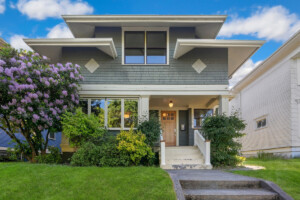

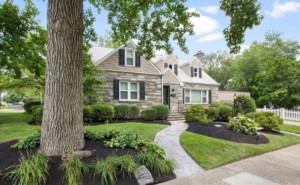

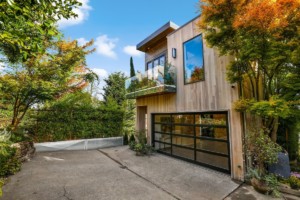













 United States
United States Canada
Canada